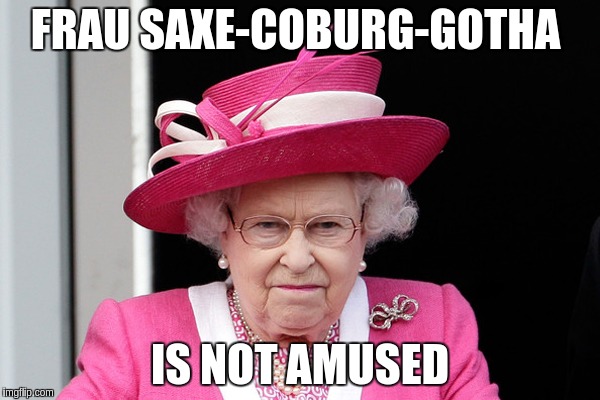Monthly Archives: July 2015
Objectivism. Now with added ceremony and ritual!
There is no worse place to find the the moral case for capitalism and individualism than through Ayn Rand’s writings and works.
Ayn Rand: Godmother of Satanism. The damage she inflicted on the libertarian movement is incalculable.
See also Atheism. Now with added reverence!
Imbecile Nations watch Greece crumbling… yet fail to grasp the lesson, and modify their own institutions.

Take a good look at what has happened in Greece.
It is happening all about western Socialist democracies, and the same fate will happen here too… eventually because New Zealand is governed by the same Economic and social lunacy.
The Ever expanding State, along with it’s ever expanding debts, and ever expanding injustices, is a consequence of not setting strict limits to Government spheres of action.
The world economy is in a very precarious state which could collapse at any moment, yet even if it takes 20 more years of Nutty Labour/ National Socialism to bankrupt the nation, do you really want your children, and their children to inherit an economy like the one right now in Greece?

That will be the inevitable legacy our foolish generation will bequeath to posterity.
Worse we will have brain washed them into living in matchboxes, and traveling on Public conveyor belts….
The Economic books of the future putting this Mess of Socialist interventionism and Fiat currencies down to a failure of the free markets….

New Zealand needs a New political party which forthrightly argues for great reductions in Government power, spending, etc.
If we *act now*…. so much less will be the Austerity/ misery involved in making the necessary reforms.
The longer things go on… the more severe
the pain and effort required to climb out of the Abyss.
Tim Wikiriwhi.
Libertarian Independent.
More from Tim…. Tim Wikiriwhi’s Submission to the New Zealand Government’s Constitutional Review. 2013
Frantic disembowelment
Judas Iscariot was one of the original Twelve Disciples. He betrayed Jesus to the Jewish religious authorities for the sum of thirty pieces of silver.
We all know what happened next. Jesus was crucified. But what happened to Judas?
The New Testament has two quite different accounts.
https://www.youtube.com/watch?v=t4zTvdN_38Y
Here is what happened according to the author of the Gospel of Matthew.
When Judas, who had betrayed him, saw that Jesus was condemned, he was seized with remorse and returned the thirty pieces of silver to the chief priests and the elders. “I have sinned,” he said, “for I have betrayed innocent blood.”
“What is that to us?” they replied. “That’s your responsibility.”
So Judas threw the money into the temple and left. Then he went away and hanged himself. (NIV)
Here is what happened according to the author of the Gospel of Luke.
With the payment he received for his wickedness, Judas bought a field; there he fell headlong, his body burst open and all his intestines spilled out. (NIV)
Two quite different and seemingly contradictory accounts.
Big problem for the biblical inerrantists! They’ve got some explaining to do.
There are two possible ways to reconcile the verses:
- Luke’s purpose in Acts may have been simply to report what Peter said at a point in time when the apostles’ information on Judas’s death may well have been sketchy. After some of the Temple priests converted (cf. Acts 6:7), they may have given further details on Judas’s death that were later incorporated into the Gospel accounts.
- It is also possible that after Judas hanged himself the rope broke and he fell onto rocks that disemboweled him postmortem. Matthew’s emphasis then would have been Judas’s actions in taking his own life, while Peter’s emphasis was on what happened to him after his suicide.
That’s according to Catholic Answers. According to Luke Historians, Judas hung himself.
Whoever happened to suffer that bizarre disemboweling experience, it most likely wasn’t Judas Iscariot.
Inerrantists rightly point out that there is no logical contradiction between the two accounts of Judas’s death. The two can be harmonised and the traditional resolution of the seeming contradiction is a combined account, according to which “Judas hanged himself in the field, and the rope eventually snapped and the fall burst his body open.” Or perhaps the noose tightened on the corpse’s rotting neck, severing the head (which then “fell headlong”) from the body (which upon hitting the ground “burst open and all his intestines spilled out”).
Cool story. But hardly plausible.
Of course, the obvious explanation is that at least one account of Judas’s death has been embellished or entirely fabricated. But this obvious explanation isn’t available to the biblical inerrantist, who must do whatever is necessary to force-fit the recalcitrant facts to preserve intact the doctrine that the Bible “is without error or fault in all its teaching” or, at least, that “Scripture in the original manuscripts does not affirm anything that is contrary to fact.”
Nothing wrong with a bit of ad hockery, or is there? There’s a lot wrong with a lot of ad hockery, and the simple fact of the matter is that the Bible is a mass of apparent contradictions and assorted anomalies.
I’ll be blunt. There’s a fine line between ad hockery and intellectual dishonesty, and biblical inerrantists are way over on the wrong side of it. (What if I told you all those Bible contradictions are there for a reason?)
So how did Judas really die? Disembowelment, of course. Keep it metal! 🙂
The Devil’s Plaything
https://www.youtube.com/watch?v=swP5S49IUic
Saints of the Week (6th to 12th July)
SISOëS the Great (6th July, d. 429AD)
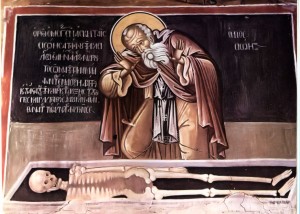 Many Saints of the Church are very difficult to write about in an entertaining way – especially those who live their lives in solitude as tonsured monastics. It is truly and literally a case of “no news is good news” – they stay in solitude and pray, and achieve a holiness that radiates Christ’s Light. So it is with Sisoës, whose asceticism and temperance stands as an example of what is possible with humility and love of God.
Many Saints of the Church are very difficult to write about in an entertaining way – especially those who live their lives in solitude as tonsured monastics. It is truly and literally a case of “no news is good news” – they stay in solitude and pray, and achieve a holiness that radiates Christ’s Light. So it is with Sisoës, whose asceticism and temperance stands as an example of what is possible with humility and love of God.
Sisoës, originally from Alexandria in Egypt, lived for many years in a desert cave with the relics of Saint Anthony, the father of the monastic movement. The most famous story told about him attests to his humility. When St Sisoës lay upon his deathbed, his disciples saw that his face shone like the sun. They asked the dying man what he saw. Abba Sisoës replied that he saw Saint Anthony, the Prophets and the Apostles. His face increased in brightness, and he spoke with someone. The monks asked, “With whom are you speaking, Father?” He said that angels had come for his soul, and he was entreating them to give him a little more time for repentance. The monks said, “You have no need for repentance, Father” Saint Sisoës said with great humility, “I do not think that I have even begun to repent.”
There are many wonderful quotes and aphorisms attributed to Sisoës, but my favourite is probably the following: A brother asked Abba Sisoës, “What shall I do, abba, for I have fallen?” The old man said to him “Get up again.” The brother said, “I have got up again, but I have fallen again.” The old man said, “Get up again and again.” So the brother said, “How many times?” The old man said, “Until you are taken up either in virtue or in sin. For a man presents himself to judgement in the state in which he is found.”
He is often depicted in icons standing above the bones of Alexander the Great, a reminder to Christians that death humbles the proud.
OLGA of Kiev (11th July, 890-969AD)
![]() Olga is regarded as the first Russian Christian, and is given the title of Equal to the Apostles by the Church. The wife of Igor, the ruler of Kievan Rus, she became a Christian and was baptised on a state visit to the Roman capital of Constantinople in 957AD.
Olga is regarded as the first Russian Christian, and is given the title of Equal to the Apostles by the Church. The wife of Igor, the ruler of Kievan Rus, she became a Christian and was baptised on a state visit to the Roman capital of Constantinople in 957AD.
While her conversion did not have an immediate effect on the Russians, and her son, who ruled at the time, did not embrace the faith, she is still venerated as the first Russian Saint, and it is almost certain that if it were not for her influence and prayers, her grandson Vladimir would not himself have dramatically converted and dramatically turned Kievan Rus into a Christian nation nearly twenty years after her death.
The Eternal Plaything
An excerpt from The Divine Tragedy (1922) by Arthur St. John Adcock.
How could it ever all be otherwise?
There is no place in our philosophies
For Christ, as when His story did begin
At Nazareth there was no room at the Inn.
If He could come and force us to fulfil
His Law, which now we play with as we will,
So that we did those things humane and true
Our Churches tell us that we ought to do
(Setting us no example), all our scheme
Of being would unravel like a dream,
The gauds that please us now we should despise,
Nor tread each other down that we might rise,
Religion, business, politics would preen
Their leprosies away and be made clean:
So, loving one another more and more,
How could we bear to see our brethren poor—
How, if the great were brother to the least,
Leave them a-cold and hungry while we feast?It is far better He should only be
A tale we need not take too seriously,
An Ideal throned above our fallen state
For us to worship, not imitate.
The great Reality we praise in prayers
Could ne’er be fitted into our affairs;
If It came down, we must in self-defence
Reject It, and restrain Its influence,
Harden our hearts, and warn It from our bowers
With, “No admittance during business hours.”When a blithe infant, lapt in careless joy,
Sports with a woollen lion—if the toy
Should come to life, the child, so direly crost,
Faced with this Actuality were lost. …
Leave us our toys, then; happier we shall stay
While they remain but toys and we can play
With them and do with them as suits us best;
Reality would add to our unrest,
Disturb our game, our pleasures intermit—
We could not play with It! …
We want no living Christ, whose truth intense
Pretends to no belief in our pretence
And, flashing on all folly and deceit,
Would blast our world to ashes at His feet.
Since if he came, a presence to be seen,
We could not hide our hearts from His serene
Regard and play with Him and His decree,
We do but ask to see
No more of Him below than is displayed
In the dead plaything our own hands have made
To lull our fears and comfort us in loss—
The wooden Christ upon a wooden Cross!
SHEDD. New Release. One In The Same.
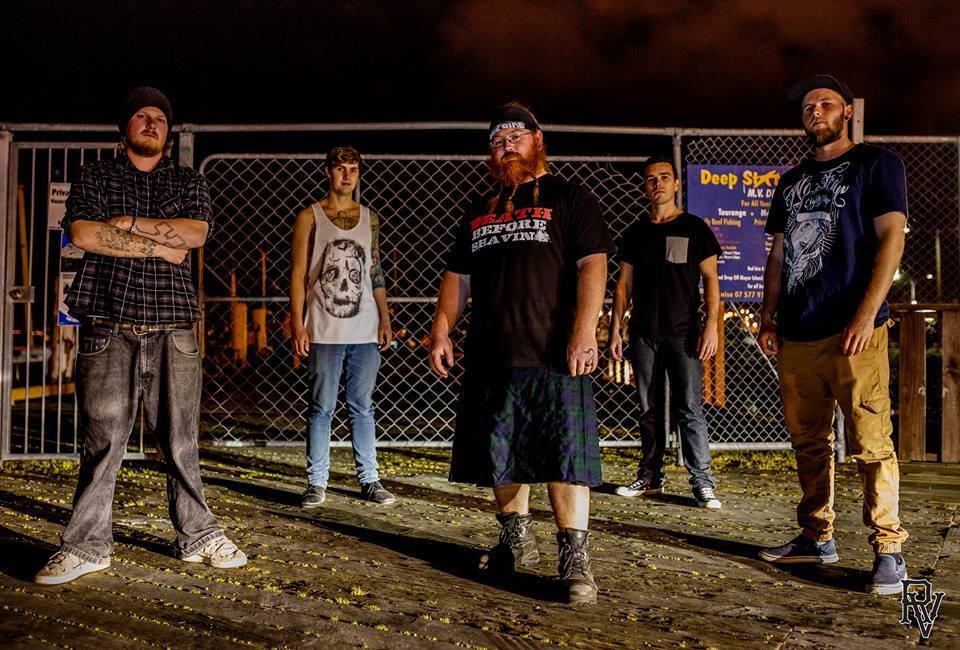
Facebook>>> SHEDD <<<<
RIP Sir Nicholas Winton

The ‘English Schindler’ has died…. the Lord extended his days….. 106.
Rest in peace You great friend of humanity!
He saved 669 Children from Satan’s Minion.
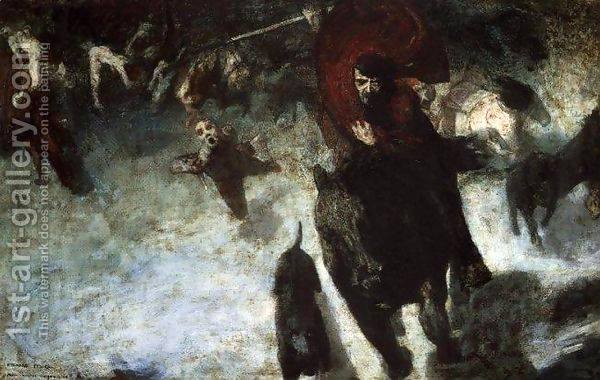
Von Stuck’s ‘Wild Chase’1889… Look at the Rider’s face….
Saints of the Week (29th June to 5th July)
PETER and PAUL (29th June, d.67AD)
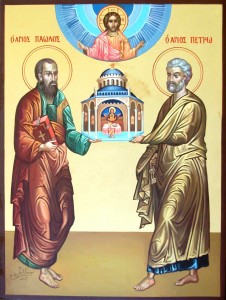 Most Christian readers ought to be familiar with these two “Princes of the Apostles”, whose joint feast day was celebrated this last Monday, and is regarded as the fourth most important feast of the Church after Pascha, Nativity, and the Dormition of the Theotokos. Peter, one of the original twelve Apostles of Christ, is regarded as the leader of the twelve, a passionate firebrand of a man who, like his fellow Apostles, preached in numerous places, but especially in Antioch, where he is regarded as the first Bishop of the Antiochian Orthodox Church, which survives to this day. There is, however, actually no record of him being Bishop of Rome, a position which Irenaus says was first occupied by Linus on Peter’s appointment and consecration. Nevertheless, he, with Paul, is regarded as the founder of the Roman Church, and both the Pope of Rome and the Patriarch of Antioch are said to sit in “the See (or seat) of Peter”.
Most Christian readers ought to be familiar with these two “Princes of the Apostles”, whose joint feast day was celebrated this last Monday, and is regarded as the fourth most important feast of the Church after Pascha, Nativity, and the Dormition of the Theotokos. Peter, one of the original twelve Apostles of Christ, is regarded as the leader of the twelve, a passionate firebrand of a man who, like his fellow Apostles, preached in numerous places, but especially in Antioch, where he is regarded as the first Bishop of the Antiochian Orthodox Church, which survives to this day. There is, however, actually no record of him being Bishop of Rome, a position which Irenaus says was first occupied by Linus on Peter’s appointment and consecration. Nevertheless, he, with Paul, is regarded as the founder of the Roman Church, and both the Pope of Rome and the Patriarch of Antioch are said to sit in “the See (or seat) of Peter”.
Paul, made an Apostle by revelation of Christ on the road to Damascus from Jerusalem, similarly needs no introduction. The boldest and most widely travelled of all the Apostles, and “the Apostle to the Gentiles”, Paul wrote the bulk of the New Testament epistles. He and Peter were both martyred under Nero around the same time – Peter by being crucified upside down on Vatican hill, and Paul by beheading (denoting his privilege as a Roman citizen).
COSMAS and DAMIAN of Rome, Holy Unmercenaries (1st July, d.284AD)
 Cosmas and Damian were brother physicians, whom God granted supernatural powers of healing, and through this they won many people over in favour of Christ. They are called “unmercenary”, because they accepted no payment for their treatment, and told the sick that it was not their own power that healed, but Christ’s.
Cosmas and Damian were brother physicians, whom God granted supernatural powers of healing, and through this they won many people over in favour of Christ. They are called “unmercenary”, because they accepted no payment for their treatment, and told the sick that it was not their own power that healed, but Christ’s.
The authorities arrested several Christians for refusing to give up the location of the brothers. Hearing this, they offered to turn themselves in in exchange for their release. Brought before the Emperor Carinus and put on trial, the Emperor was suddenly struck blind, however, the brothers healed him and restored his sight. Having been subject to this miracle, the Emperor had no choice but to release them.
The brothers were martyred, not by the Roman authorities, but by their own teacher of medicine, who was driven by envy of their gifts, and lured them into the mountains on the pretense of finding medicinal herbs before killing them both.

